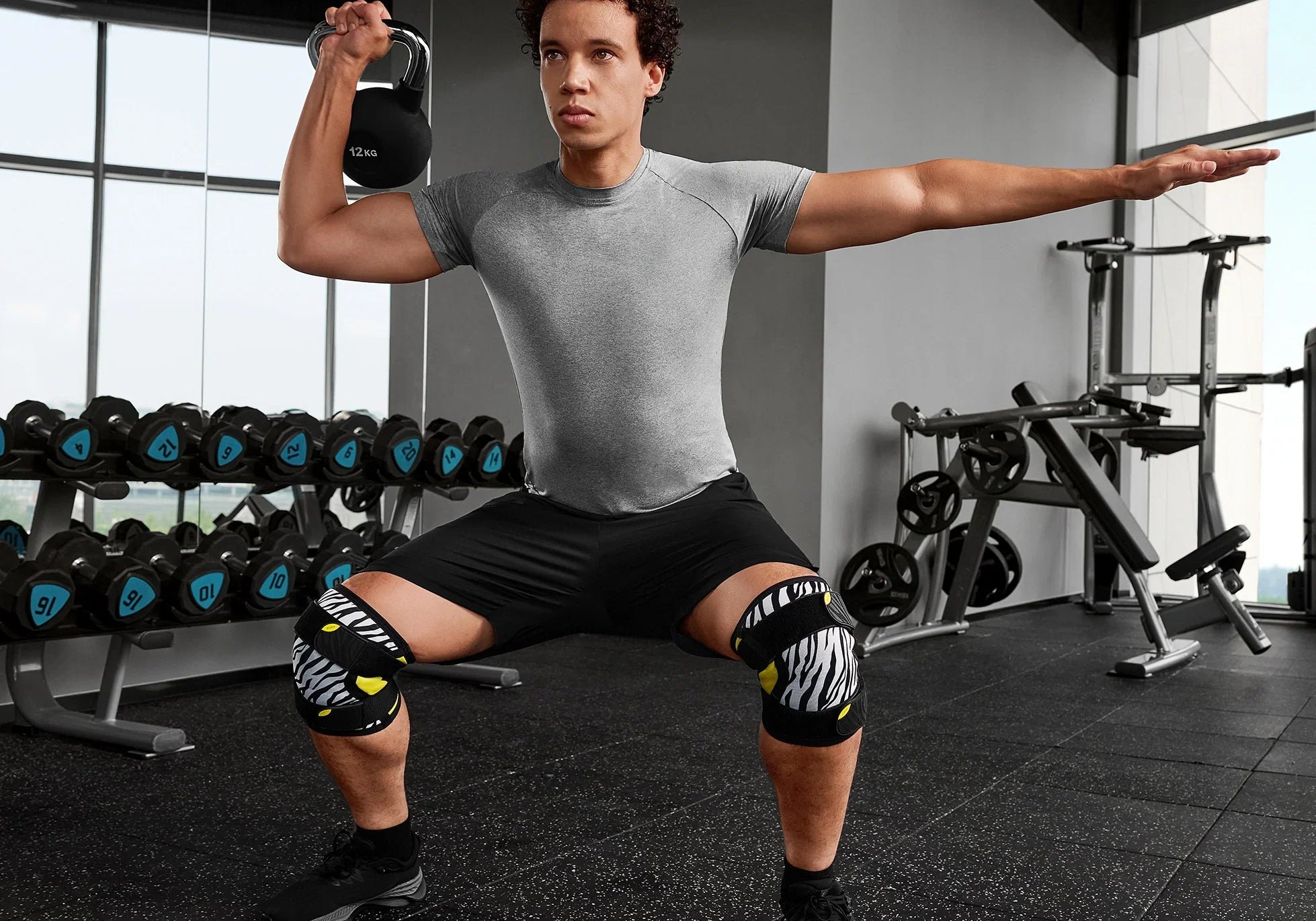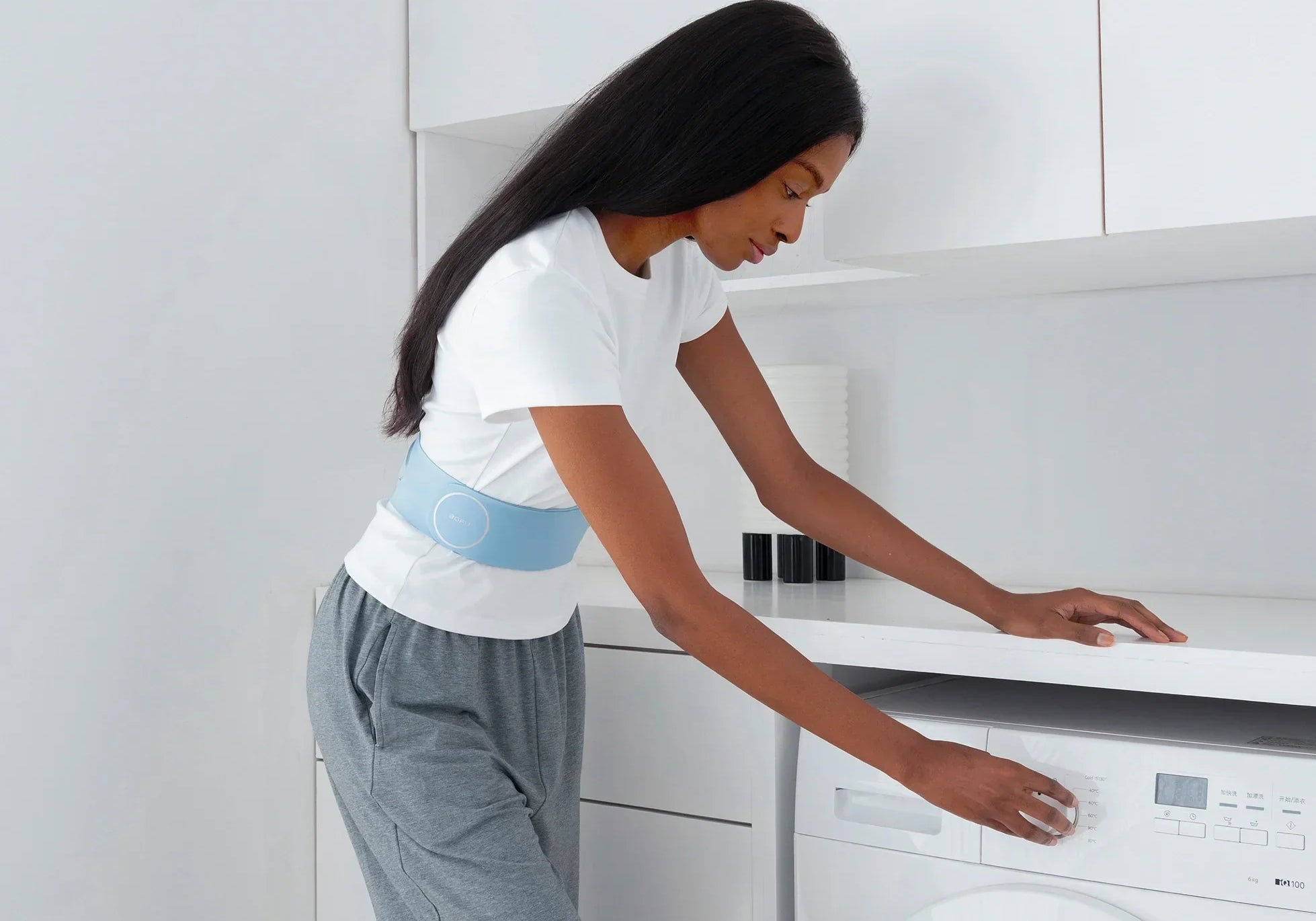Biological Differences
One of the primary reasons women are more prone to chronic back pain is biological differences. Women have a different musculoskeletal structure compared to men. The pelvis, for example, is broader and tilted differently in women, which can affect posture and spinal alignment. Hormonal fluctuations throughout a woman’s life also play a significant role in back pain.
Hormonal Influences
Hormonal changes, particularly during menstruation, pregnancy, and menopause, can impact the musculoskeletal system and pain perception. For instance, during the menstrual cycle, levels of hormones such as estrogen and progesterone fluctuate, potentially leading to increased sensitivity and pain in the lower back.
Pregnancy and Postpartum Back Pain
Pregnancy is a common cause of back pain in women, as the added weight and changes in the center of gravity put extra stress on the spine. Additionally, the hormone relaxin, which prepares the body for childbirth by relaxing ligaments, can lead to instability and discomfort in the pelvic and lower back region. A Back Brace can help alleviate this discomfort by providing the necessary support during this time.
Disc Herniation and Sciatica
Disc herniation and sciatica are conditions where the spinal discs are damaged, leading to nerve pain. Studies suggest that women might be more susceptible due to differences in lumbar disc height and hormonal influences affecting the spine's stability and flexibility. Sciatica, characterized by pain radiating along the sciatic nerve, can also be exacerbated by hormonal changes and physical stress during pregnancy.
Lifestyle and Occupational Factors
Apart from biological and hormonal reasons, lifestyle and occupational factors contribute to the higher prevalence of chronic back pain in women. Many women juggle multiple roles at home and work, often involving physical tasks that strain the back. Prolonged sitting, improper lifting techniques, and high heels can also lead to back pain.
Managing and Preventing Back Pain
Regular Exercise
Engaging in regular physical activity is crucial for maintaining a healthy spine. Strengthening the core muscles, improving flexibility, and ensuring proper posture can help prevent back pain. Activities such as yoga and Pilates are particularly beneficial for enhancing back strength and flexibility.
Ergonomic Adjustments
Making ergonomic adjustments at work and home can significantly reduce the risk of back pain. This includes using chairs that support the lower back, maintaining proper posture while sitting, and arranging workstations to avoid unnecessary strain.
Proper Lifting Techniques
Learning and using proper lifting techniques is essential, especially for women who perform physical tasks regularly. This involves bending at the knees, keeping the back straight, and avoiding twisting movements while lifting.
Seeking Medical Advice
If back pain persists, it’s important to seek medical advice. Treatments may include physical therapy, medications, or, in severe cases, surgical interventions. Early diagnosis and treatment can prevent the progression of chronic conditions.
Effective Exercises for Back Pain Relief
To help manage and prevent back pain, incorporating specific exercises into your routine can be highly beneficial. Here are some exercises that are particularly effective:
1. Pelvic Tilt
- How to do it: Lie on your back with your knees bent and feet flat on the floor. Tighten your abdominal muscles and press your lower back into the floor. Hold for a few seconds, then relax.
- Benefits: Strengthens the core and reduces strain on the lower back.
- Core Activation: Focuses on core strength, which is vital for back stability.
2. Bridge Exercise
- How to do it: Lie on your back with your knees bent and feet flat on the floor. Lift your hips toward the ceiling, forming a straight line from your knees to shoulders. Hold for a few seconds, then lower back down.
- Benefits: Strengthens the lower back, glutes, and hamstrings.
- Core Activation: Engages core muscles, essential for stabilizing the spine.
3. Cat-Cow Stretch
- How to do it: Start on your hands and knees. Arch your back (Cat), then slowly let your stomach drop and lift your head and tailbone (Cow). Repeat several times.
- Benefits: Improves flexibility and releases tension in the spine.
- Flexibility Improvement: Enhances spinal flexibility and reduces stiffness.
4. Child's Pose
- How to do it: Kneel on the floor, sit back on your heels, and stretch your arms forward on the floor. Rest your forehead on the ground and relax in this position.
- Benefits: Stretches the lower back and promotes relaxation.
- Comfort Over Pain: Ensures stretches are performed within a comfortable range to avoid exacerbating pain.
5. Seated Forward Bend
- How to do it: Sit with your legs extended straight in front of you. Slowly bend forward from your hips, reaching for your toes. Hold the stretch without forcing it.
- Benefits: Stretches the hamstrings and lower back.
- Flexibility Improvement: Regular practice enhances overall flexibility and long-term back health.
Tips for Safe and Effective Exercise
To maximize the benefits and minimize the risks, keep these tips in mind:
General Application: These exercises are suitable for common back pain without specific diagnoses, making them accessible for many. Whether you're dealing with occasional discomfort or looking for preventive measures, these routines can be beneficial.
Controlled Movements: Emphasizing slow, controlled movements enhances muscle engagement and reduces the risk of injury. When performing these exercises, focus on maintaining a steady pace and proper form.
Core Activation: The pelvic tilt and bridge exercises focus on core strength, which is vital for back stability. A strong core supports the spine and helps distribute stress more evenly, reducing the likelihood of pain.
Comfort Over Pain: It’s crucial to perform stretches within a comfortable range to avoid exacerbating pain. If you experience any sharp or severe pain, stop the exercise immediately and consult a healthcare professional.
Flexibility Improvement: Regular practice of these stretches can enhance flexibility and contribute to long-term back health. Consistent stretching can help maintain a healthy range of motion and prevent stiffness.
Conclusion
Women are more susceptible to chronic back pain due to a combination of biological, hormonal, and lifestyle factors. Understanding these reasons can help in managing and preventing back pain effectively. By incorporating regular exercise, making ergonomic adjustments, and seeking timely medical advice, women can alleviate discomfort and improve their quality of life.
If you’re dealing with chronic back pain, remember that you're not alone. Explore the available resources and take proactive steps to manage your condition. Your health and well-being are worth it!
FAQs
1. What are the common causes of back pain in women?
- Common causes include hormonal changes, pregnancy, disc herniation, sciatica, and lifestyle factors like prolonged sitting and improper lifting techniques.
2. How can hormonal changes affect back pain?
- Hormonal fluctuations during menstruation, pregnancy, and menopause can increase sensitivity to pain and affect the stability of the musculoskeletal system.
3. What are some effective exercises for managing back pain?
- Yoga, Pilates, and core-strengthening exercises are effective for managing and preventing back pain.
4. When should I seek medical advice for back pain?
- If back pain persists for more than a few weeks, is severe, or is accompanied by other symptoms like numbness or weakness, it's important to seek medical advice.





